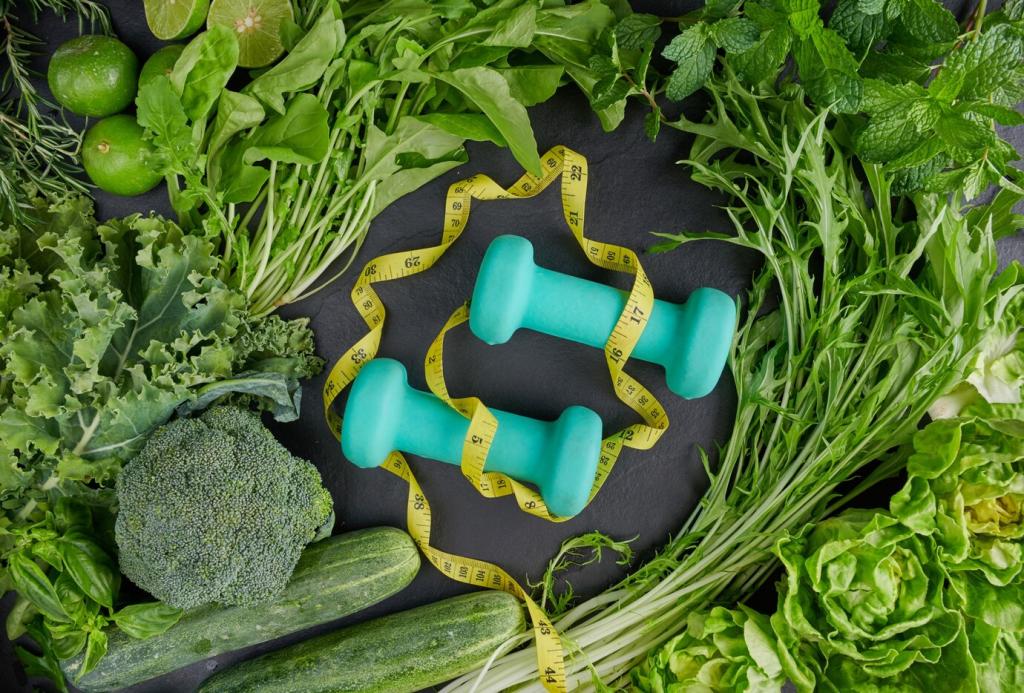Hydration and Electrolyte Timing
Start sessions hydrated, especially in the heat. Consider modest sodium preloading to improve fluid retention, and measure sweat rate by comparing pre- and post-session body weight. A one-kilogram loss is roughly one liter. Post your typical sweat losses and we’ll help you refine your strategy together.
Hydration and Electrolyte Timing
Rehydrate with about 150% of fluid lost over the following hours, including sodium to aid retention. Milk or recovery drinks can be effective if tolerated. Sip steadily rather than chugging quickly. Clear, pale yellow urine and returning body weight are simple signs you’re tracking in the right direction.




